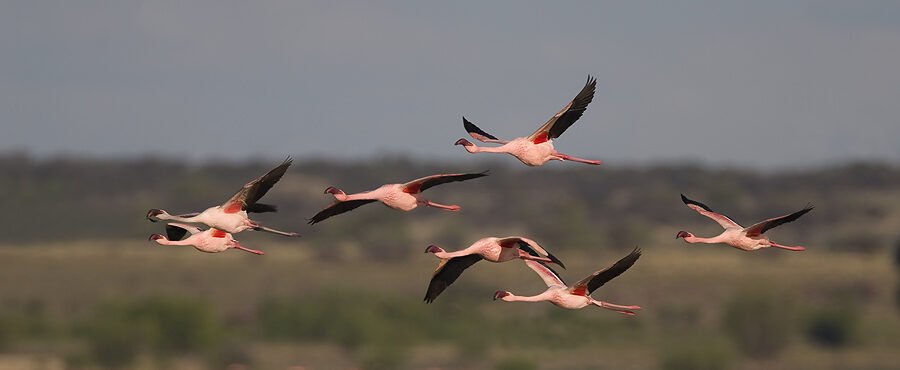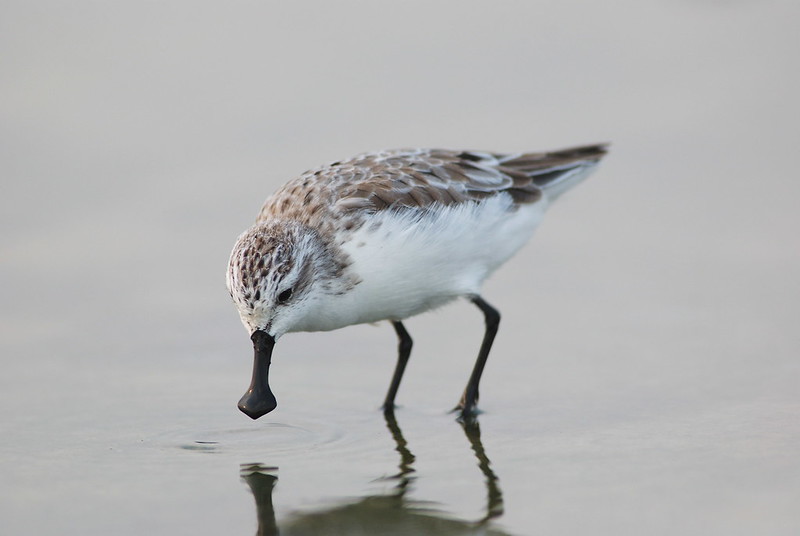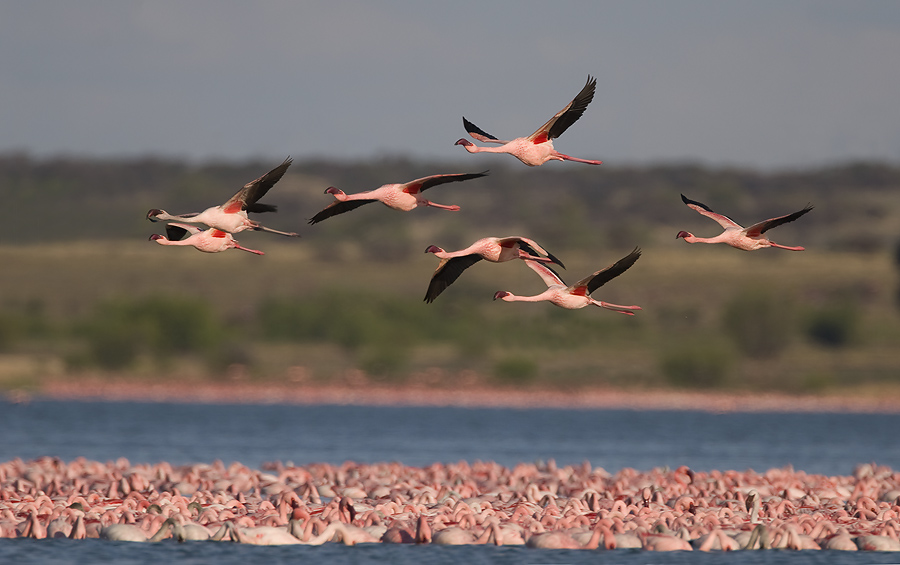
Wetlands – sustaining bird life
Twice a year, millions of birds migrate across the world from breeding to wintering grounds. This avian miracle involves them flying thousands of kilometres, making migratory birds some of the most impressive creatures to inhabit our planet (in addition to the fact that they are living descendants of dinosaurs!). The Arctic Tern, for instance, travels pole to pole every year. Arctic Terns can live up to 30 years, which means if one adds up the distance they traverse in a lifetime, their total journey is equivalent to going to the moon and back more than three times!
But it’s not just the fact that they fly such incredible distances that’s awe-inspiring – it’s how they do it. Studies have shown that the birds are able to navigate using a combination of visual landmarks and memory of previous routes as well as geomagnetic and celestial cues (the intensity of the earth’s magnetic field and the position of the sun).

Migratory birds rely on wetlands to sustain their long and arduous journeys. Coastal wetlands, mudflats, rivers, swamps, lakes, and so many other kinds of wetlands are stopover sites, providing food, shelter, and breeding grounds for these birds.
Unfortunately, we’ve lost nearly 35% of the world’s wetlands in the last 50 years alone. Proportional to this, migratory waterbird populations in the African-Eurasian and East Asian – Australasian flyways show declines of 35% and 42% respectively, according to recent assessments.
Degraded wetlands not only affect migratory birds but also humanity. We depend on wetlands for nearly all of our freshwater needs. They provide us with food (rice, fish, crabs). They protect our coastlines from storm surges and even reduce the intensity of droughts. We simply cannot live without wetlands, and neither can the nearly 5,000 species of migratory birds.

To ensure our wondrous migratory birds recover and thrive, we need immediate action for wetlands, beginning with their inclusion in national biodiversity plans. The Global Biodiversity Framework – a blueprint for countries to halt and reverse nature loss – calls for the restoration and conservation of 30% of terrestrial, inland water, marine and coastal ecosystems by 2030. Action on wetlands (inland waters) must be prioritised by governments to achieve these targets. One way to do so is via the Ramsar Convention on Wetlands. The Convention accepts designations of Wetlands of International Importance, signalling a government’s commitment to take the steps necessary to ensure that its ecological character is maintained.
Some of the biggest drivers of wetland loss are land-use change (for example agriculture and urbanisation), poor water management (like the building of dams), and climate change. But the good news is that the solutions are in our hands. We know that finance must flow towards nature-based solutions and away from harmful subsidies. We know that indigenous knowledge provides valuable insight into living in harmony with nature. And finally, we know that we need rapid, landscape-scale transformations.
Most importantly, we know that we have no time to waste.
